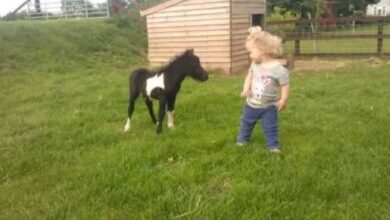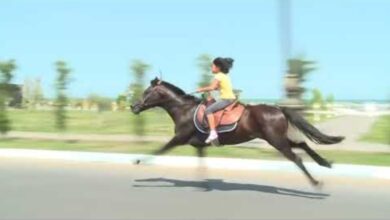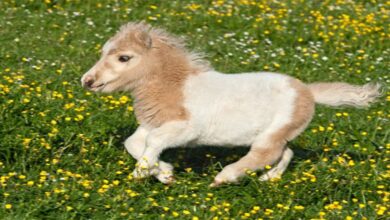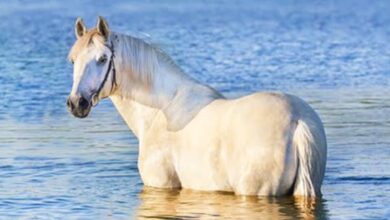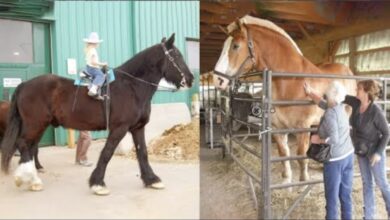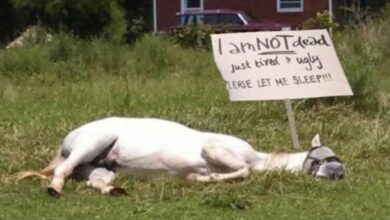How to make a horse friend – One Cowboy’s Partnership With Horses
The narrative about horses in North America told in several written histories is due for an update, according to a study published last week in the journal Science. After examining archaeological remains of horses, researchers suggest Indigenous peoples had spread the animals through the American West by the first half of the 1600s—before they encountered Europeans.
The findings align with oral histories from Indigenous groups, which tell of interactions with horses prior to colonizers arriving in their homelands. Meanwhile, written European texts from the 1700s and 1800s claimed that horses only spread through the area after the Pueblo Revolt of 1680, a Native American uprising that temporarily expelled Spanish colonizers from much of modern New Mexico.
More than 80 scientists and scholars co-authored the paper, including experts from Pueblo, Pawnee, Comanche and Lakota nations, according to an article in the Conversation by two of the authors.
“We have always known and said that we came across horses before we came across the Spanish,” Jimmy Arterberry, a paper co-author and Comanche historian, tells Christina Larson of the Associated Press (AP).
Horses evolved in the Americas around four million years ago, but by about 10,000 years ago, they had mostly disappeared from the fossil record, per the Conversation. Spanish settlers likely first brought horses back to the Americas in 1519, when Hernán Cortés arrived on the continent in Mexico. Per the new paper, Indigenous peoples then transported horses north along trade networks.
To trace when the animals spread, researchers radiocarbon dated and analyzed the DNA of the remains of more than two dozen horses found across the Western U.S. The remains had been stored in archaeological collections countrywide, per Live Science’s Kristina Killgrove.
